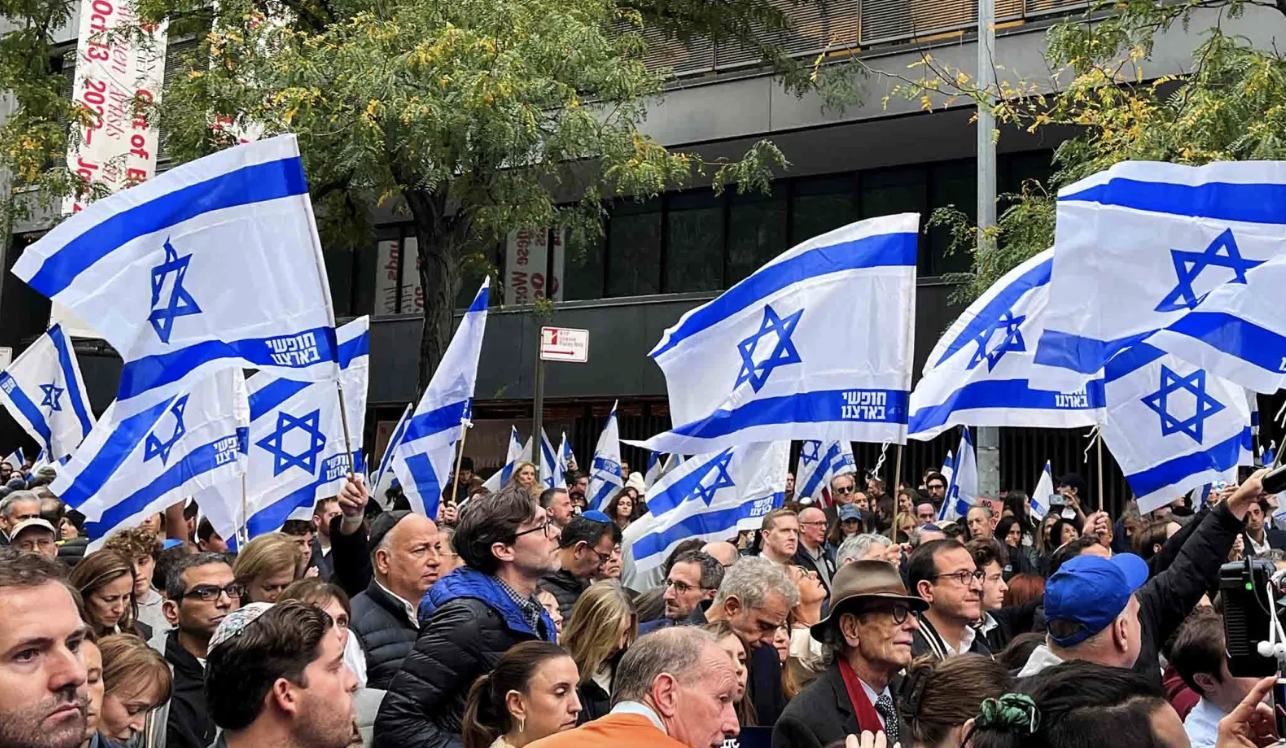By: Charles C. W. Cooke – nationalreview.com –
Do you remember what it was like to visit a website in the summer of 2020? It didn’t matter what the purpose of the site was — banking, shopping, cloud services. For a while, it was almost guaranteed that, somewhere on the homepage or the log-in screen, there would be a little black square that featured a message about Black Lives Matter. In June, July, August, and beyond, the practice became ubiquitous. Every brand in America felt the need to acquiesce. Email providers did it. Soft-drink companies did it. Industrial-widget manufacturers did it. To spend time online was to be inundated with little black squares that carried expressions of support. One could scarcely buy a pencil without being informed of the store’s support for racial justice.
Sports were taken over, too. MLB reversed its initials on the pitcher’s mound, so that “BLM” was visible throughout. The NFL allowed — “allowed” — players to choose from a predetermined list of social-justice messages on their helmets, and placed slogans in the endzones. Similar steps were taken by the NBA, the NHL, and, it seems, every single league in the world. Entertainment followed suit, as did the universities. On Netflix, Spotify, Kindle, and beyond, I was offered racially inspired playlists and content suggestions. Apropos of nothing, college presidents issued statements, called for days of recognition, and reorganized teaching schedules to accommodate the supposedly universal trauma. It was, for a period, as if the nation were in a total war — replete with all the ugly rhetorical traps that total wars tend to yield.
Here’s a question: Why have the attack on Israel and the extraordinary consequences of it seen here in the United States not merited the same sort of response — or anything that comes even close to it? I accept that it is always tougher to complain about something that has not happened than about something that has, but surely — surely — we can all see that, relative to the BLM-inspired initiatives of 2020, the cultural response to the rise in antisemitism in the United States has been discernibly muted? In 2021, a small rise in attacks on Asian Americans warranted an attempt to repurpose the sloganeering and the black squares of 2020 into a #stopAAPIhate campaign. Why not now, when antisemitism is on the rise, America’s streets are full of terrorism apologists, and journalists are being intimidated on the basis of their immutable characteristics? Last night, at Cooper Union in New York City, four Jewish students were locked into a library while pro-Hamas, pro-intifada protesters banged on the doors. Can you imagine how that story would have been reported if our academic and media institutions considered Jews to be worthy of their concern?
Instead, we got this both-sides garbage from the New York Times:
The tensions inflamed by the Israel-Hamas war that have roiled university campuses in the United States spilled into the Cooper Union in New York on Wednesday, with pro-Palestinian protesters pounding on one side of locked library doors and Jewish students on the other.
The episode, captured in a six-second video snippet that was widely shared on social media, was among the latest examples of how sharply the Middle East conflict has divided student bodies at a number of top liberal arts colleges.
At this stage, it is not a stretch to propose that the New York Times is more emphatic in its denunciation of controversial op-eds than of the suggestion that Jews threatened by a mob should “go hide in the attic.” Just look at that passive language! “Tensions inflamed.” “Roiled.” “Spilled into.” “On one side”/“On the other.” “How sharply the Middle East conflict has divided.” Ask yourself, honestly: If the students who had been locked in the library were black, and those banging on the door were white, would the story have been treated in this way? Per PIX11, the “protesters” were shouting “long live the intifada.” If, instead, they had been shouting “the South Will Rise Again,” would their words have been cast in the indifferent manner that they have been?
Or would we have gotten statements from Pringles and videos from groups of celebrities and affirmations of support on the log-in page of Cloudflare? I thought in 2020, and I continue to think now, that the saturation of our society with unsparingly pro-BLM messaging was, at root, a power play. The American Left had spent 60 years marching through the institutions, and it wanted to test the scale of its success. The illegal killing of George Floyd deserved stringent criticism and some sober reflection; it did not require a total takeover of our world. That it yielded one nevertheless suggested to me that the takeover was contrived.
What one chooses to contrive is instructive. It teaches us who is favored and who is ignored; to whom the rules apply and for whom they are discarded; and for which moral outrages the machine will be powered up and switched on, and for which it will be allowed to collect dust. We have seen what happens when our cultural elites decide a cause is worthy of the full-court press. What ought we to conclude from their reticence now?
To see this article in its entirety and to subscribe to other articles like it, please choose to read more.
Source: Where Are the Little Black Squares for Israel’s Victims? | National Review
 Listen Online
Listen Online Watch Online
Watch Online Find a Station in Your Area
Find a Station in Your Area










 Listen Now
Listen Now Watch Online
Watch Online
